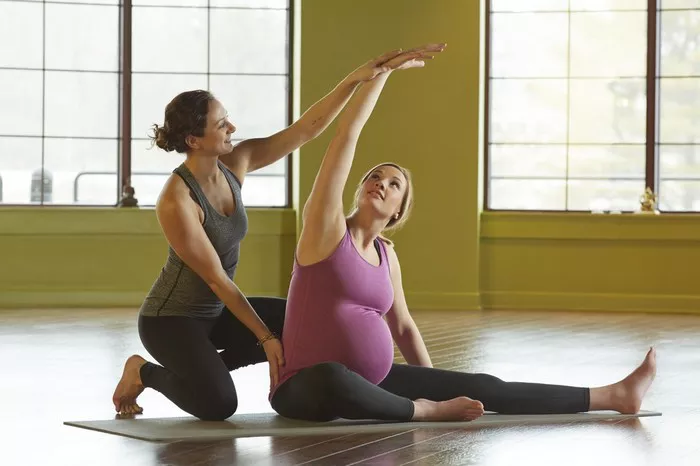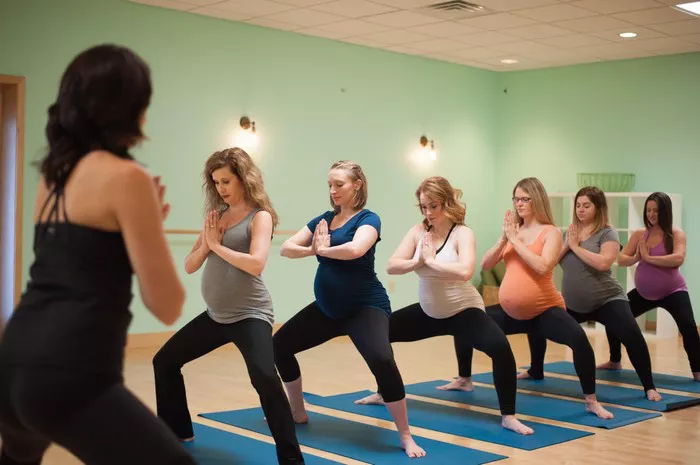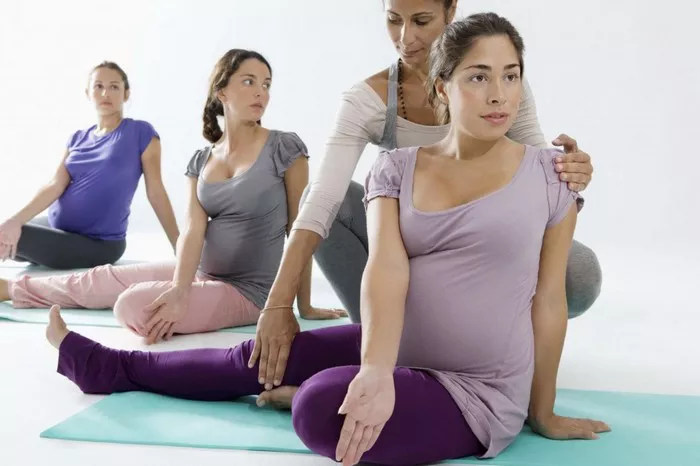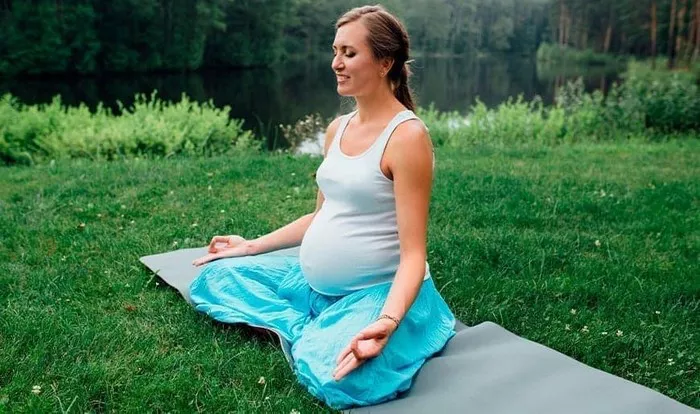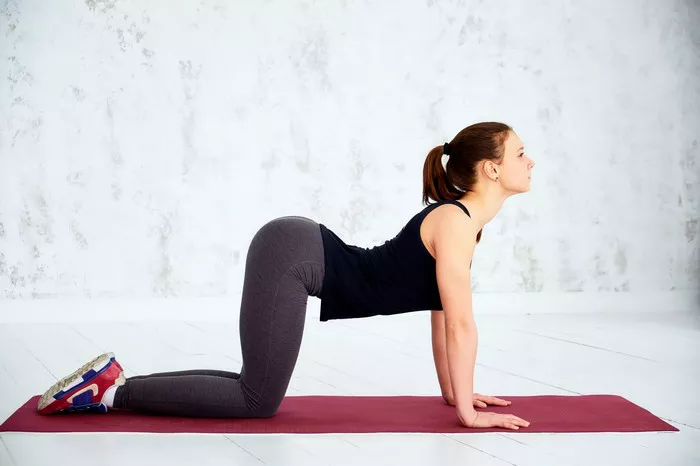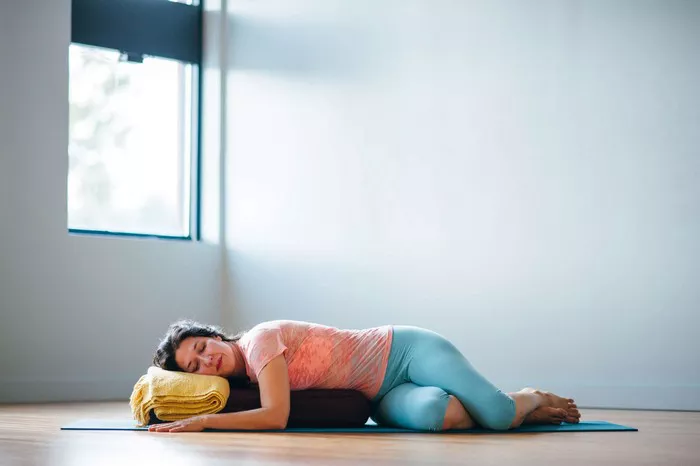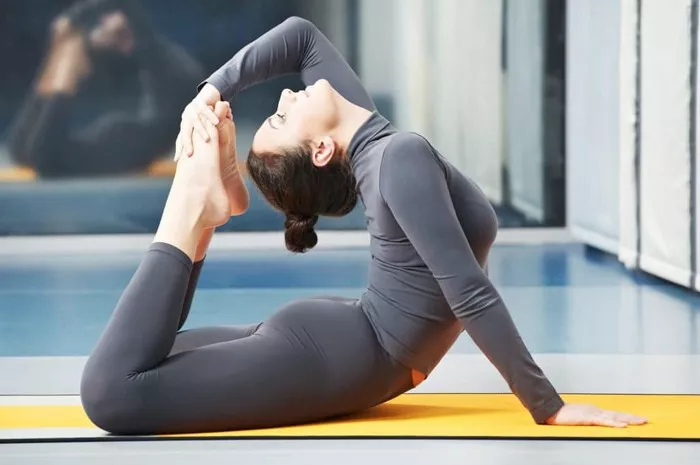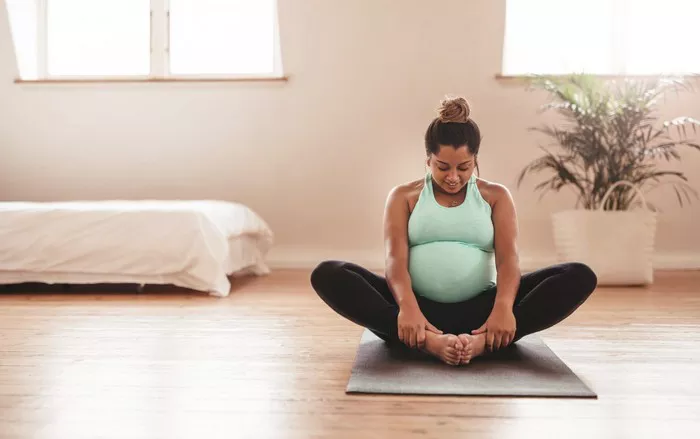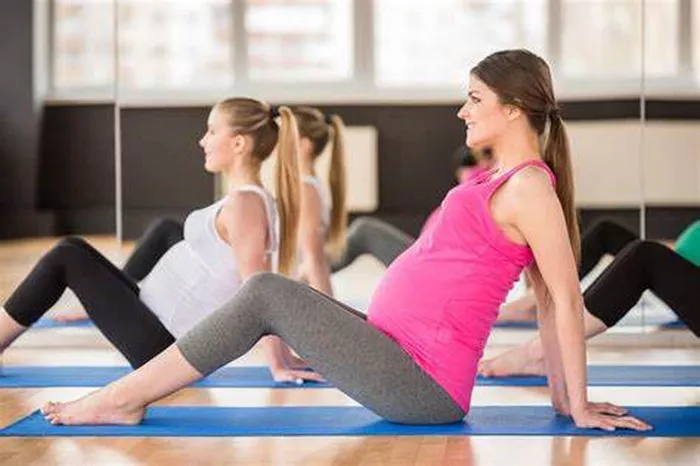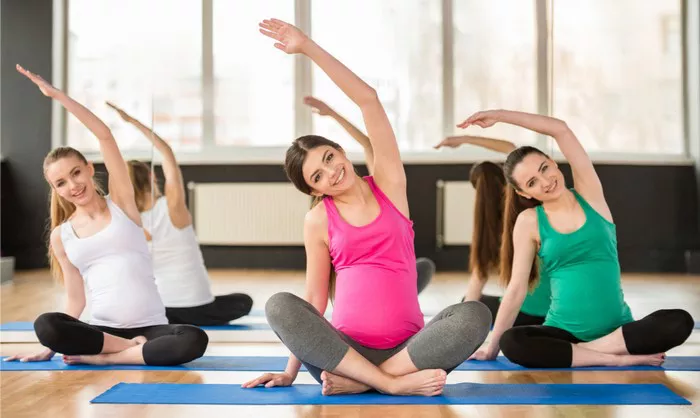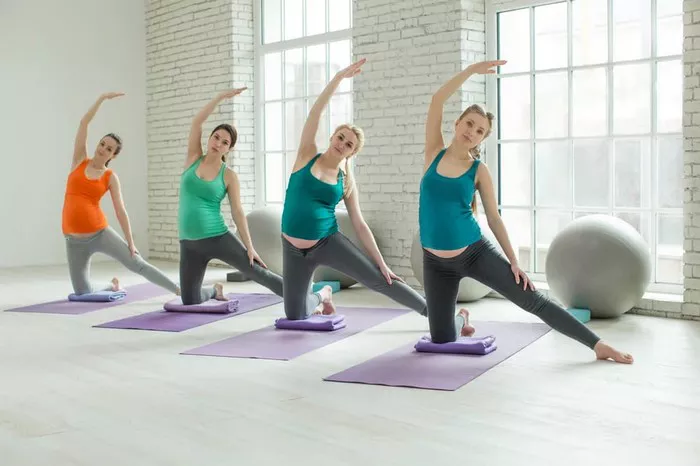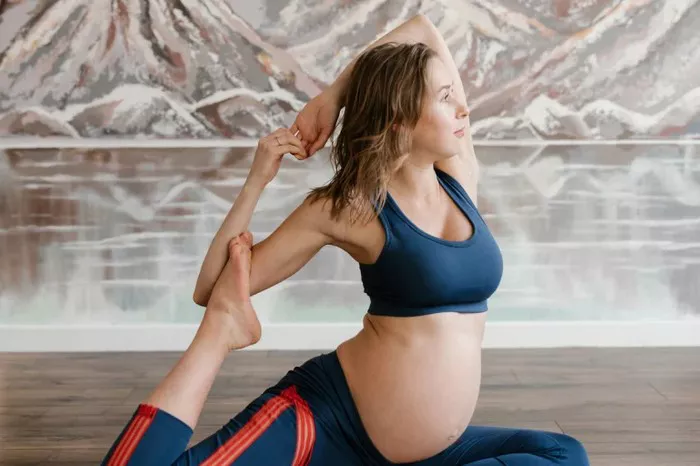Hatha Yoga, with its roots deeply embedded in ancient Indian traditions, is much more than just a set of physical postures. The term “Hatha” itself is a combination of “ha” (meaning sun) and “tha” (meaning moon), symbolizing the balance of opposing forces within us, such as strength and flexibility, activity and passivity. At its core, Hatha Yoga is a holistic practice that encompasses physical asanas (postures), pranayama (breathing techniques), and relaxation methods.
The Physical Aspect: Asanas as Building Blocks
Asanas in Hatha Yoga are designed to work on different parts of the body. They range from simple standing postures like Tadasana (Mountain Pose) to more complex ones such as Ustrasana (Camel Pose). Each asana engages specific muscle groups. For example, Trikonasana (Triangle Pose) stretches and tones the sides of the body, including the obliques, while simultaneously strengthening the legs and improving balance. These postures are not just about static holding; they require active engagement of muscles to maintain proper alignment.
Pranayama: Fueling the Body’s Transformation
Pranayama, the control of breath, is an integral part of Hatha Yoga. It is not merely about inhaling and exhaling but about consciously regulating the flow of breath to enhance the body’s energy levels. When we practice pranayama, we increase the oxygen supply to our muscles. For instance, during deep diaphragmatic breathing, the abdomen expands fully, allowing more oxygen to enter the lungs. This oxygen-rich blood is then pumped to the muscles, which helps in their efficient functioning. It also aids in the removal of waste products such as lactic acid, reducing muscle fatigue and promoting better muscle recovery after physical activity, which is crucial for body toning.
How Hatha Yoga Tones Different Parts of the Body
Toning the Core: The Center of Strength
The core muscles, including the rectus abdominis, transverse abdominis, and obliques, are the powerhouse of the body. In Hatha Yoga, numerous asanas focus on strengthening these muscles. Navasana (Boat Pose) is a classic example. In this pose, the body is balanced on the sit bones while the legs and upper body are lifted off the ground. To maintain this position, the core muscles need to be engaged vigorously. Regular practice of Navasana not only tightens the abdominal muscles but also improves overall stability and balance, which is essential for good posture. Another pose, Ardha Navasana (Half Boat Pose), is a great starting point for beginners to gradually build core strength. It involves lifting one leg and the opposite arm simultaneously, targeting the core muscles in a more accessible way.
Strengthening the Upper Body
Hatha Yoga offers a variety of poses to tone the upper body, including the shoulders, arms, and back. Adho Mukha Svanasana (Downward-Facing Dog) is a well-known pose that works multiple muscle groups. In this pose, the hands are firmly planted on the ground, and the body forms an inverted “V” shape. The shoulders are stretched and strengthened as they bear the weight of the upper body. The triceps are engaged to keep the arms straight, and the muscles of the upper back, such as the trapezius and rhomboids, are activated to maintain the proper alignment of the pose.
As the practitioner progresses, variations like Eka Pada Adho Mukha Svanasana (One-Legged Downward-Facing Dog) can be attempted, which further challenges the upper body strength and balance. Bhujangasana (Cobra Pose) is another excellent pose for the upper body. It strengthens the chest, shoulders, and arms while also stretching the abdominal muscles. By arching the back and lifting the upper body off the ground, the muscles of the upper body are contracted and toned.
Toning the Lower Body
The lower body, consisting of the legs and hips, is also a significant focus in Hatha Yoga. Warrior poses, such as Virabhadrasana I (Warrior I), are highly effective for toning the lower body. In Warrior I, one leg is bent forward while the other is extended backward. This pose engages the quadriceps, hamstrings, and glutes in the front leg, as well as the muscles of the back leg for stability. The hips are also opened and strengthened, which helps in improving overall lower body flexibility and strength. Another pose, Malasana (Garland Pose), targets the inner thighs, calves, and hips. By squatting down with the feet wide apart and the knees bent outwards, the muscles of the lower body are stretched and toned. It also helps in improving ankle flexibility, which is important for performing other yoga poses correctly.
The Role of Muscle Activation and Growth in Hatha Yoga
Isometric and Isotonic Contractions
Hatha Yoga involves both isometric and isotonic muscle contractions. Isometric contractions occur when the muscles are held in a static position without changing their length. For example, in Trikonasana, the muscles are engaged to maintain the body’s alignment in the extended side stretch. This type of contraction helps in increasing muscle endurance and strength. Isotonic contractions, on the other hand, involve the shortening and lengthening of muscles as the body moves through different poses. In poses like Vinyasa sequences, where there is a flow from one pose to another, the muscles are constantly contracting and relaxing in an isotonic manner. This type of contraction promotes muscle growth and development.
Muscle Fiber Recruitment
When practicing Hatha Yoga, different types of muscle fibers are recruited. There are slow-twitch and fast-twitch muscle fibers. Slow-twitch fibers are more resistant to fatigue and are mainly used for activities that require endurance, such as holding a pose for an extended period. Fast-twitch fibers, on the other hand, are responsible for quick, powerful movements. In Hatha Yoga, poses that involve dynamic movements, like jumping back and forth in a Vinyasa flow, recruit fast-twitch fibers. By engaging both types of muscle fibers through a variety of poses and movement patterns, Hatha Yoga promotes overall muscle development and toning.
Flexibility and Its Connection to Body Toning
The Elasticity Factor
Flexibility is a key component of Hatha Yoga. When the muscles are flexible, they can stretch more easily, which allows for a greater range of motion in yoga poses. This increased range of motion means that the muscles are being worked more comprehensively. For example, in a deep forward bend like Paschimottanasana, a flexible hamstring muscle can stretch further towards the floor. As the muscle stretches, it also contracts slightly to maintain the body’s position. This combination of stretching and contraction helps in toning the muscle. Moreover, flexible muscles are less prone to injury, which enables the practitioner to engage in more challenging yoga poses over time, further enhancing body toning.
Posture Improvement
Good flexibility also plays a crucial role in improving posture. In Hatha Yoga, many poses focus on aligning the body correctly. When the body is in proper alignment, the muscles are evenly distributed and work more efficiently. For instance, a hunched back due to tight chest and shoulder muscles can be corrected through yoga poses that stretch the chest and strengthen the upper back muscles. As the posture improves, the body’s overall appearance becomes more toned and balanced. Standing and sitting taller not only gives a more confident look but also engages the core and other muscles in a way that promotes toning.
The Mind-Body Connection and Its Impact on Body Toning
The Power of Focus
In Hatha Yoga, the mind is an integral part of the practice. When performing yoga poses, practitioners are encouraged to focus their attention on the body’s sensations, the breath, and the alignment of the pose. This focused attention helps in better muscle activation. For example, when practicing Tree Pose (Vrksasana), the mind is concentrated on balancing the body and engaging the muscles of the legs and core to maintain stability. This mental focus ensures that the muscles are working effectively, leading to better toning results. Without proper mental focus, the body may not engage the muscles fully, and the benefits of the pose may be diminished.
Stress Reduction and Hormonal Balance
Hatha Yoga is also known for its stress-reducing properties. Chronic stress can lead to hormonal imbalances in the body, which may affect muscle tone. High levels of stress hormones like cortisol can cause muscle breakdown and fat storage. Through the practice of Hatha Yoga, including relaxation techniques such as Savasana (Corpse Pose), stress levels are reduced. When the body is in a relaxed state, the hormonal balance is restored. This balanced hormonal environment is conducive to muscle growth and toning. Additionally, reduced stress levels also lead to better sleep quality, which is essential for muscle recovery and growth.
Conclusion
Hatha Yoga is indeed an effective practice for toning the body. Through its combination of physical asanas, pranayama, and the cultivation of the mind-body connection, it works on multiple levels to transform the body. The various poses target different muscle groups, engaging them through isometric and isotonic contractions, and recruiting both slow-twitch and fast-twitch muscle fibers. Whether you are a beginner or an experienced yoga practitioner, incorporating Hatha Yoga into your routine can help you achieve your body-toning goals while also bringing about a sense of overall well-being. So, if you’ve been wondering whether Hatha Yoga can tone your body, the answer is a resounding yes!
Related Topics





